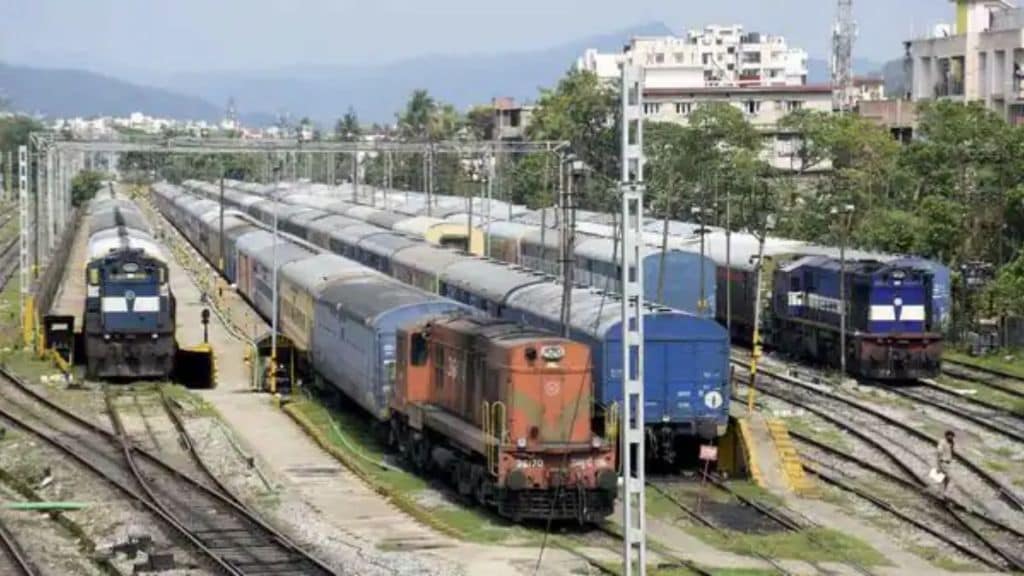The Kavach system, India’s indigenous train collision avoidance technology, has made remarkable strides in ensuring safer rail travel across the country as of October 2024. With its phased implementation on key railway zones and corridors, Kavach is poised to revolutionise safety standards on Indian Railways.
Kavach has already been deployed over significant stretches of track across major regions of the Indian Railway network, ensuring the safety of passengers and freight.
Progress and deployment timeline of Kavach
The system, which aims to prevent train collisions, has been rolled out on multiple fronts, with notable deployments on the South Central Railway (SCR) and North Central Railway (NCR). As of now, over 1548 Route Kilometers (RKm) of track have been equipped with Kavach, providing crucial insights that have been used to further refine the technology.
The Delhi-Mumbai and Delhi-Howrah corridors, two of the busiest and most crucial routes in Indian Railways, are actively being equipped with Kavach technology. These corridors span approximately 3000 RKm and are essential for passenger and freight movement.
Implementation and trials of Kavach
The track-side work on the Delhi-Mumbai route has been completed over 705 RKm, while the Delhi-Howrah section has seen deployment on 376 RKm. Regular trials are being conducted on these corridors to test the system’s functionality, with a focus on ensuring that the Kavach system is fully operational before its large-scale implementation.
Cost and funding of Kavach
The cost estimates for deploying Kavach are substantial, with a focus on ensuring long-term sustainability and effectiveness. As of now, a total of Rs 1,547 crore has been spent on Kavach-related works. The Indian government has allocated Rs 1,112.57 crore for Kavach implementation in the fiscal year 2024-25, reflecting its commitment to enhancing rail safety across the country.
Track-Side Equipment: The estimated cost for providing track-side equipment, including station equipment, is approximately Rs. 50 Lakhs per kilometer.
Locomotive Equipment: Equipping locomotives with Kavach technology costs around Rs. 80 Lakhs per locomotive.
Detailed progress of key items
The scale and complexity of Kavach’s implementation reflect its transformative potential. Here is a snapshot of the progress achieved so far:
- Laying of Optical Fibre Cable: 4960 kilometers of optical fibre cables have been laid to support Kavach’s communication and safety functions.
- Installation of Telom Towers: 378 Telom Towers have been erected along key routes to enable reliable data transmission for the Kavach system.
- Kavach at Stations: Kavach has been provisioned at 381 stations across various zones.
- Kavach in Locomotives: 482 locomotives are now equipped with Kavach technology, enhancing train control and collision prevention capabilities.
- Track-Side Equipment: Kavach track-side equipment has been installed over 1948 RKm of track, with further installations planned in the coming months.
Indian Railways trains over 9,000 personnel for Kavach
The successful implementation of Kavach also depends on the expertise of Indian Railways’ personnel. Recognising the importance of skilled manpower, Indian Railways has rolled out comprehensive training programs for its technicians, operators, and engineers. The training is being conducted at specialised institutes like the Indian Railways Institute of Signal Engineering and Telecommunications (IRISET).
Over 9,000 personnel have been trained on Kavach technology so far, equipping them with the necessary skills to operate and maintain the system effectively.

